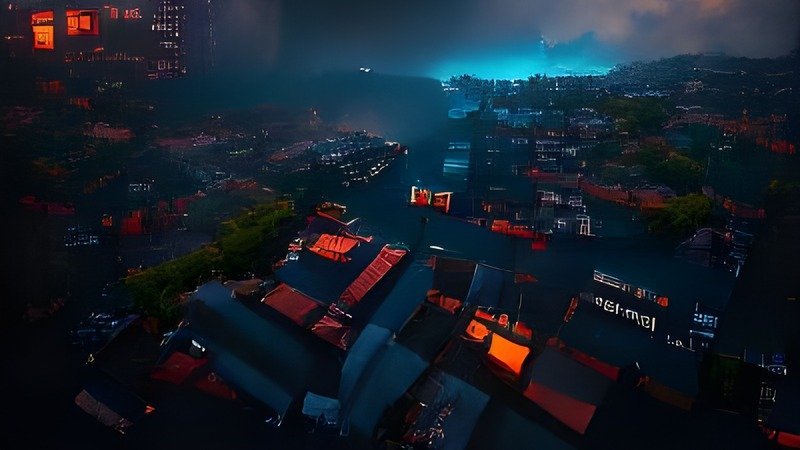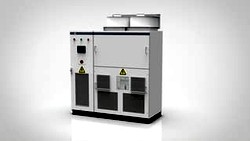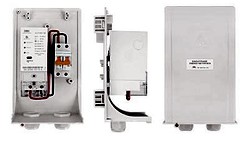Outages, both natural and man-made, have become increasingly common in recent years. Whether it is a blackout due to a power grid failure, cyberattack or an event like Hurricane Sandy in the USA, citizens have become increasingly reliant on technology to keep them connected. This article will explore the different aspects of power outages and the difficulties in restoration.
Rolling Blackout
When demand exceeds supply to the point where equipment is at risk of severe damage, utility companies may start a series of selective power cuts. The power provider can control power demand and prevent overloads by gradually turning off electricity for a few hours in different parts of the city or region.
In this scenario, customers can share the available energy supply during a rolling power outage. It also guards against power outages at delicate locations like hospitals. The harm could result in a grid shutdown if the grid is not safeguarded against these potential overloads. Then there can be a power outage for everyone and this can cause a regional, country-wide or even international blackout.

A rolling blackout, sometimes also called brownout, is a still a controlled utility action in critical situations when the net frequency drops rapidly. Typically, there is still a short warning time, sufficient to send a broadcast message to the cell phones.
Restoring a rolling blackout is no significant problem, it takes from seconds to minutes to have a region powered up.
If the utility is notorious short on power supply, they are implementing a regular rotating shoot-down for limited regions. Then they are operating with load shedding.
Blackout
If a grid is running very close to its maximum capacity and a major event happens, e.g. fire in a generator, pipeline explosion or lightning strike in an oil terminal, a whole power plant (or more) goes offline. The other plants connected to the grid must start up in order to meet demand when that plant disconnects. They cannot support the additional load if they are all operating at or close to their maximum capacity. These power plants will also disconnect from the grid to avoid overloading and failing themselves. That simply worsens the issue, and eventually dozens more plants disconnect as a consequence. Millions of people are now without power as a result.
If a large transmission line fails, the same scenario can occur. All of that transmission line's load is transferred to nearby transmission lines when it is interrupted. They these transmission lines fail due to an overload, which spread cascaded throughout the grid.

The situation is similar in almost every significant blackout. When a component of the system fails, the nearby components also fail because they are unable to handle the additional stress brought on by the malfunction. The issue becomes increasingly worse as a result of the numerous failures, and a huge area is left in the dark.
The duration of restoration can take from days to months.
How to recover the power grid
The general initial state is characterized by the fact that the complete
network with all subordinate levels is de-energized.
Foremost, a defined gear shift state needs to be achieved, i.e.
- Horizontal separation
opening of links with neighbouring transmission system operators (TSO) - Vertical isolation
shutdown of the subordinate to the extra-high voltage grid voltage levels
The following actions differ according to whether a voltage supply from the outside is possible or not.
If another TSO still can provide power:
In this case, at least one of the nodes to the adjacent TSOs grid can be used for reconstruction. The procedure is as follows:
- Gradual connection of the lines starting from the voltage provided by the interconnected nodes in the direction of thermal power stations
- Activation of partial loads and compensation inductances, taking into account
the permissible limits for active and reactive power at the coupling nodes - Connection of black-start capable power plants to the live power supply
and eventually take over active and reactive power - Synchronization with the thermal power plants running in own use
- Taking over the generated active power by the thermal power stations and add gradually load
- Synchronization of the subnetworks at local and TSO network nodes
No external grid power is available:
In this case, there is no power at all connected TSO nodes. This is the worst case scenario. Exercises for this event are either simulated or have been executed in limited areas.
The theoretical procedure:
- Starting the black start capable power plants, such as pumped storage power plants
or gas turbine power plants - gradual connection of the lines starting from the black start capable plants in the direction of thermal power stations
- Activation of partial loads and compensation inductances, taking into account the performance diagrams of the feeding generators
- synchronization with the thermal power plants running for own use and continue to interconnect subnetworks as described above.
Technical Problems
The procedures for network restoration are accompanied by a number of problems, the solution of which requires prior investigation by means of simulation models. The problems can generally be described in:
Reactive Power Component
The idle transmission wired require relatively large capacitive charging power. The feeding generators or coupling nodes must be able to provide these reactive powers. Remedy can be provided by compensatory throttling, phase shifting machines or the operation of the lines with lowers voltage. Unnecessary lines should be switched off.
Active Power Component
Thermal power plants are not designed for long time operation, only for their own use.
The grid assembly must be carried out quickly and with as little complications as possible. The amount of loads must be limited in order to avoid that the frequency drops. The provision of defined and reliable loads after a blackout is difficult. A too small or limited water reservoir from pumped storage power plants can also lead to problems.
Transient Processes and Protection Triggers
The switching operations can lead to protection tripping and thus means an interruption of the grid reconstruction. Problematic is the switching on of idle transformers due to the rush effect. The remedy here is a strong lowering of the generator voltage before switching on the transformers.
The Ferranti effect on the long distance transmission lines can lead to overvoltage protection tripping. The generator protection may be triggered by under-excitation. Switching on or off too large active or reactive power loads can trigger the over-/under-frequency protection or the over-/under-voltage protection.
Such tripping events can lead again to a collapse. In addition, in electrical networks switching loads, transformers and capacitor banks generate transient disturbances. This can damage key equipment and has potentially a big impact on system restoration.
What about restoration with renewables?
Geothermal- and biomass plants can be black-started by diesel-generators or electrical energy storage batteries. The problem occurs with wind- and solar generation. For commercial wind turbines it requires a fine-tuned control of the amount of harvested power plus a turbine- and power converter design that can withstand transient surges from transformers and motors during black starts.
Takeaway
After a blackout, power needs to be restored as quickly and securely as possible using a number of different methods and tactics. While the technique to restoration will depend on the extent and origin of the outage, the majority of these common strategies work in most circumstances. But it still takes time. So think for a moment at your personal procurements for such an event.
Supportive for black start and rebuilding the grid are in any case our micro-grid and electrical energy storage systems. Once the telecommunication systems are working, the rebuilding progress can be monitored with a Distribution Management Software and/or AMI-Systems.
Thank you for reading and may the power be with you!
References:
The article is based on information provided by ENTSO-E (European association for the cooperation of transmission system operators for electricity) and VDN TransmissionCode 2007.
Editor's note: This article was originally published in October 2022 and has been updated for comprehensiveness.





All comments are moderated before being published. Inappropriate or off-topic comments may not be approved.